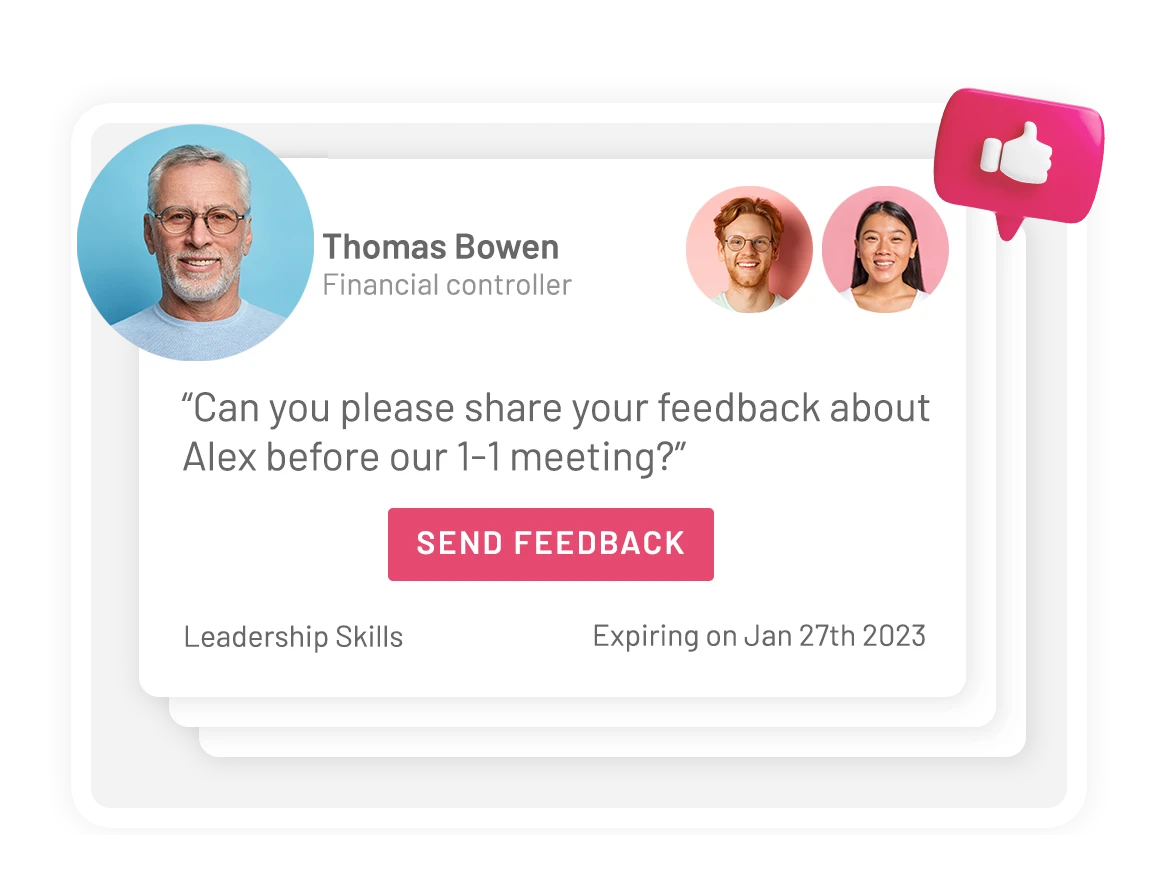Talent development is one of the hardest practices to pin down in the world of performance management. There is no exact time for talent development to start and there is no specific end date for it as well.
Talent development begins from the moment an employee enters your onboarding program, all the way until they complete their exit interviews.
The question of what talent development for your organization depends heavily on the relationship you have with your employees, your organizational culture, your day-to-day practices, and a billion other small but important factors.
So in order to provide you with the best possible talent development guide, this article will include the following:
- Talent development best practices.
- Examples of talent development strategies.
- Three real-world cases of how Google, LinkedIn, and Walmart develop their talent.
- Common talent development mistakes to avoid.
- A free talent development template for you to download.
- Talent development tools.
- And more!
But before we get to all of those, let’s cover our bases and do a bit of housekeeping.
Table of Contents
Integrate Development Plans into Microsoft Teams
While we already have a free employee career development plan template ready for you to download if you just scroll down, if you’re a Microsoft Teams user, then you won’t really need it! All you need to do is try the best performance management solution for Microsoft Teams to start creating customizable individual development plans and templates without leaving the comfort of your favorite communication platform!



